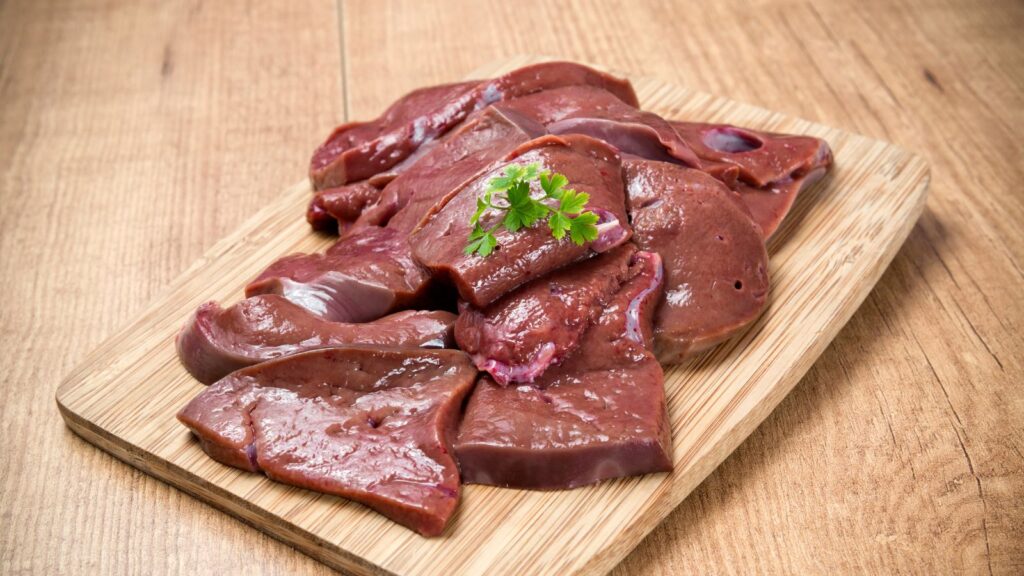Iron deficiency can have serious health implications, potentially leading to anemia if left unchecked. While it’s possible to get enough iron through a well-balanced diet, many people still find themselves at risk of deficiency, so if you’re concerned about your iron intake, don’t worry—we’ve gathered a list of iron-rich foods that you can easily incorporate into your diet.
Chickpeas

Chickpeas taste great in a salad, curry, or hummus and offer high levels of iron and other important nutrients. Because they are plant-based, they make a great option for vegetarians and vegans looking to up their iron intake.
Pumpkin Seeds

If you’re looking for a light, nutritious snack that will help you raise your iron levels, pumpkin seeds may be the perfect solution. Pumpkin seeds are rich in iron, magnesium, zinc, and other essential nutrients and can be easily added to a range of different meals as a healthy topping or ingredient.
Tofu

Most vegetarians and vegans are huge fans of tofu, and for good reason. As well as being delicious and versatile, it is high in numerous important nutrients, including protein, iron, and calcium. Tofu absorbs flavors very well and comes in a wide range of different forms to suit your tastes.
Dark Chocolate
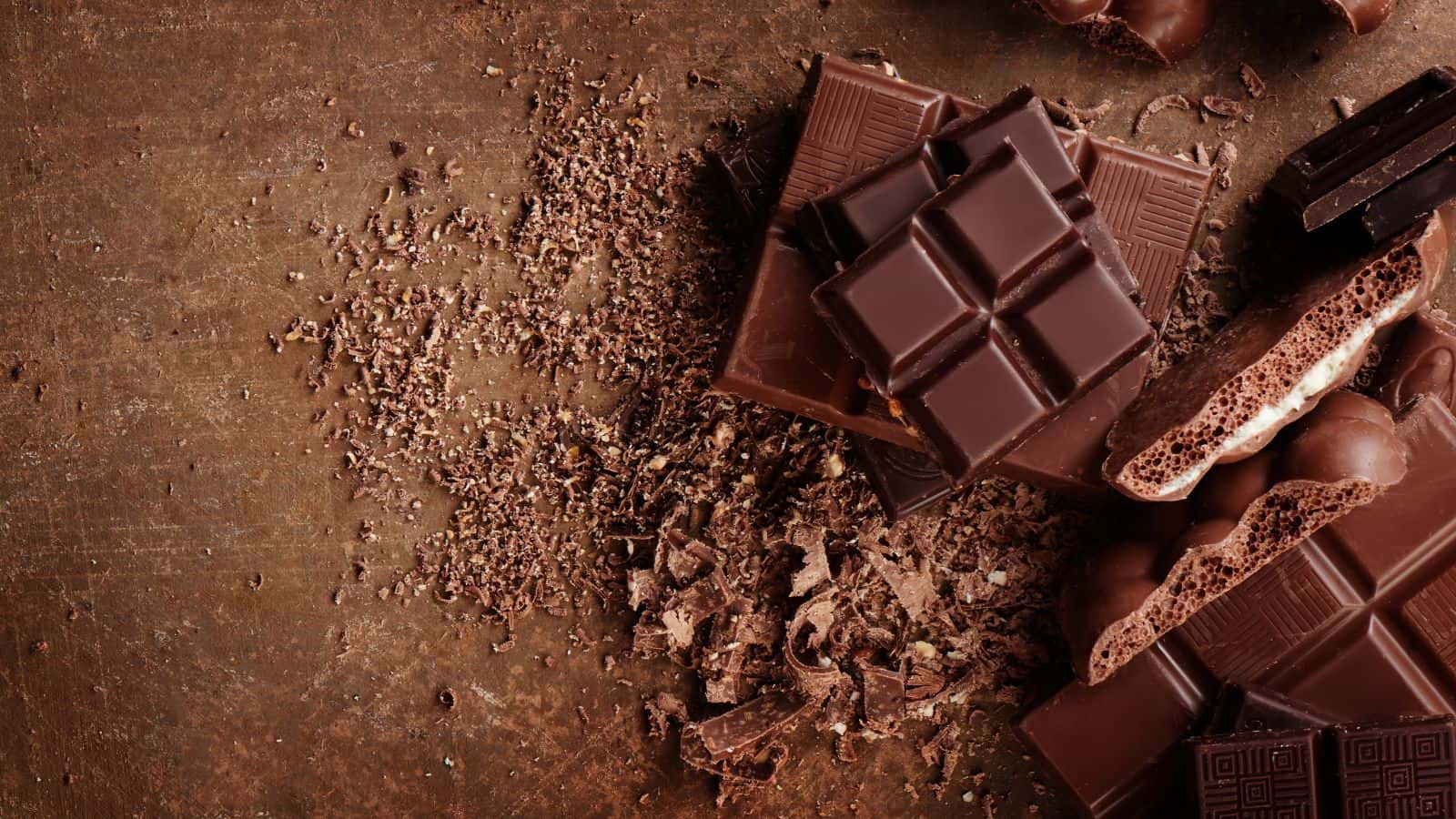
Who says increasing your iron intake can’t be delicious? Dark chocolate contains a surprising amount of non-heme iron, making it the perfect snack or dessert option for those with a sweet tooth. It is also rich in antioxidants and has been shown to improve overall well-being when consumed in moderation.
Spinach
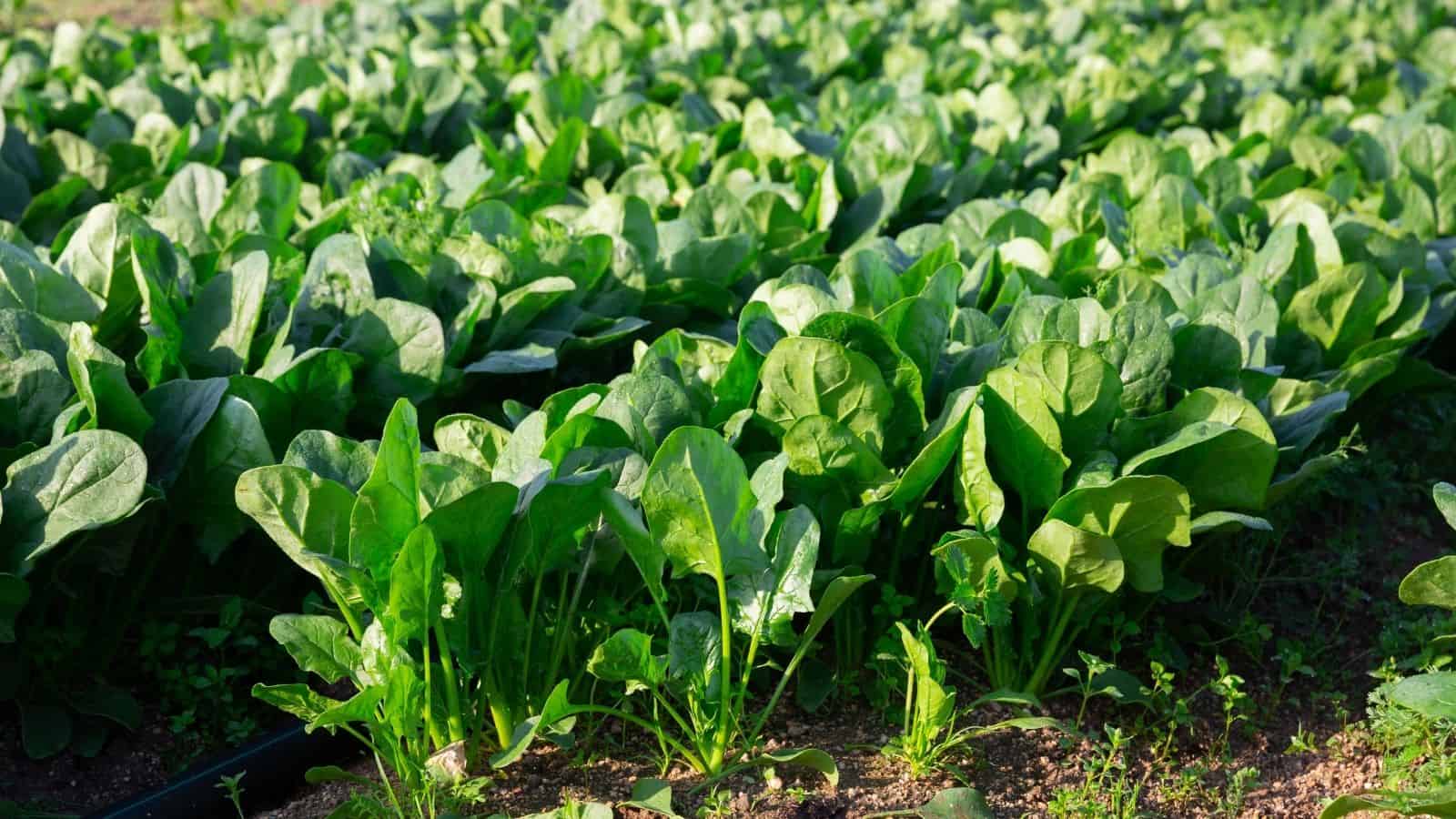
Spinach is well-known as an iron-rich superfood that also comes with a myriad of other health benefits. It is rich in vitamin C, which aids in iron absorption, and can be easily added to a wide range of meals, including salads and smoothies. If you’re on a diet, you’ll also be happy to hear that it is very low in calories.
Lentils
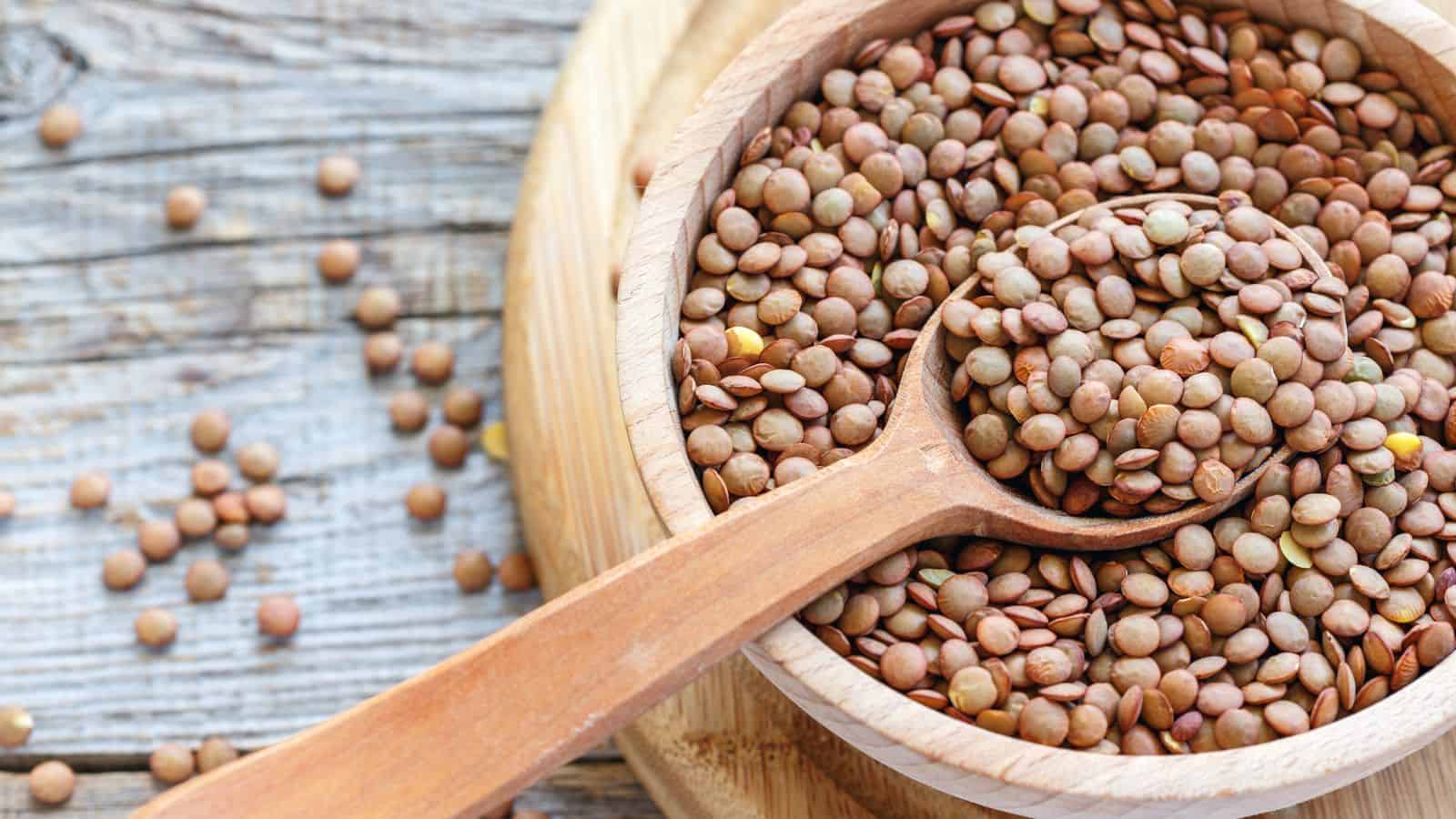
Lentils are not only a healthy plant-based source of protein but also a rich source of non-heme iron. For this reason, it’s a great way for vegetarians and vegans to get more iron into their diets. Additionally, lentils boast high levels of fiber and other important nutrients.
Quinoa
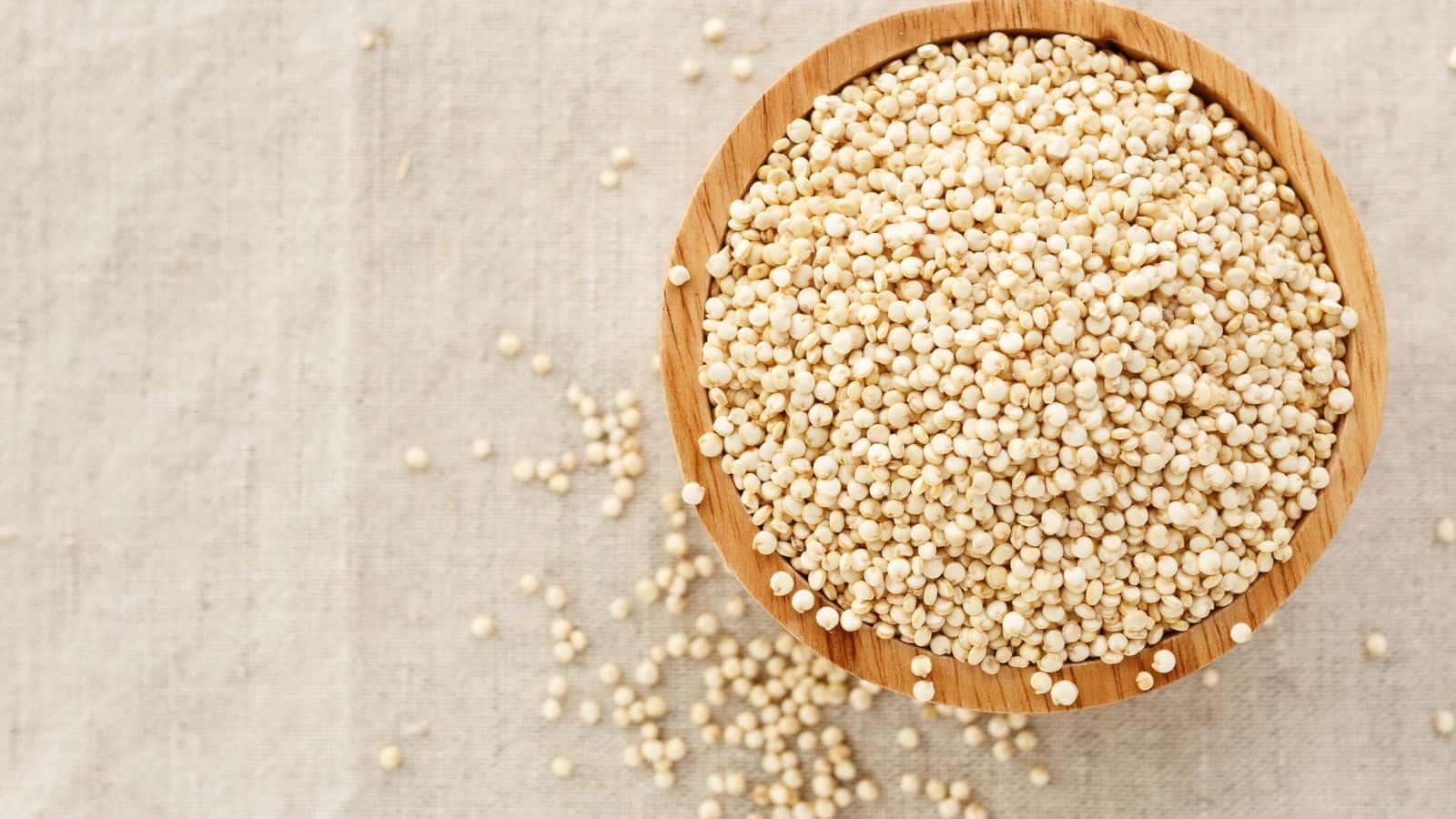
Quinoa is another great option for vegans, vegetarians, and meat-eaters alike. It is known for being one of the healthiest and most iron-rich grain alternatives you can use, and because it’s gluten-free, it’s a great option for those with allergies.
Beef Liver
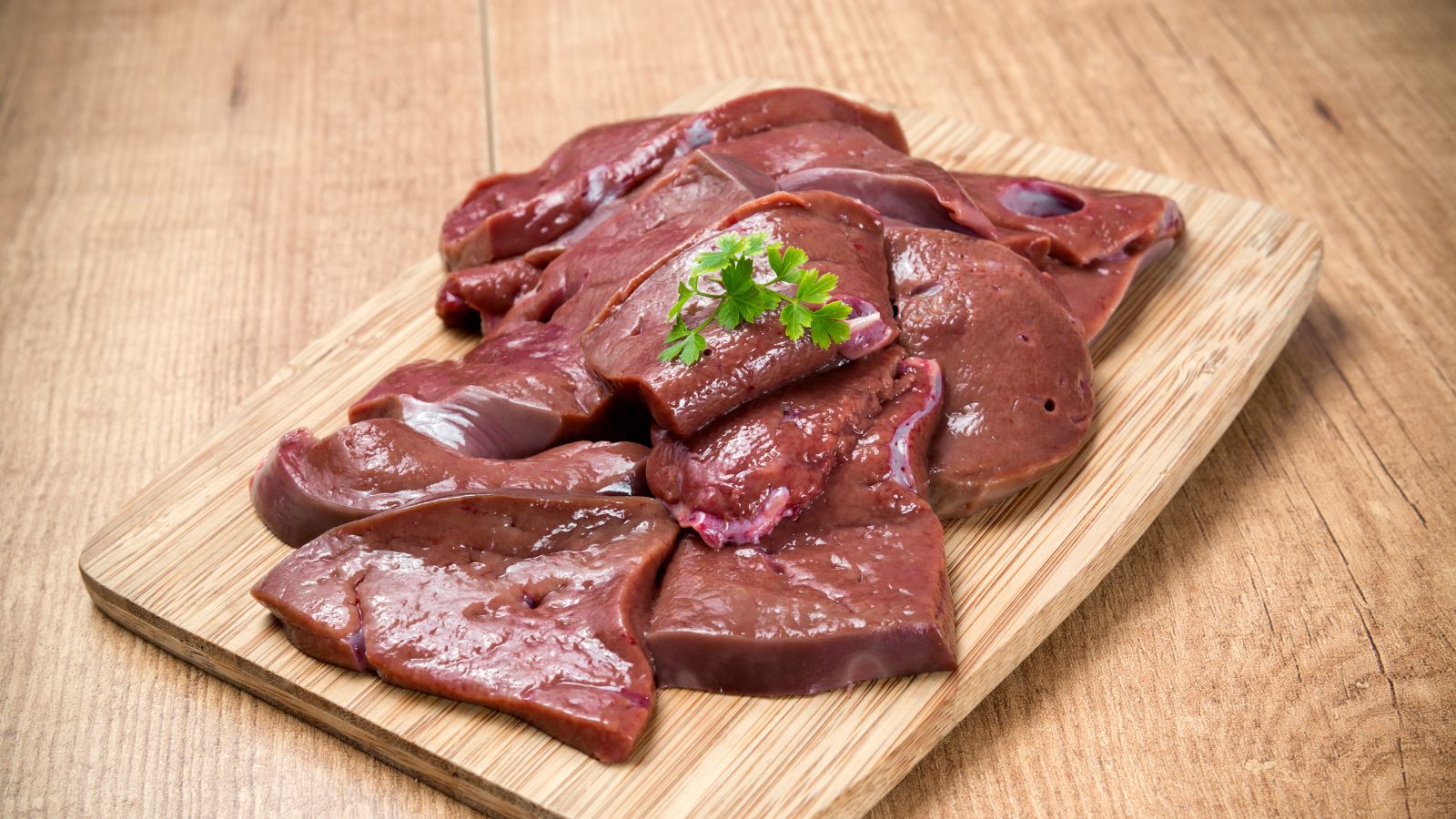
Beef liver is one of the richest sources of heme iron available. According to the Cleveland Clinic, a 3-ounce serving provides an impressive 4 milligrams of iron, which is half the recommended daily amount for men and one-fifth for women. What’s more, beef liver is high in vitamins A and B12, making it an all-around great choice for those looking to consume more vitamins.
Shellfish

If you’re a big fan of seafood, you’ll be happy to hear that many types of shellfish are very high in iron. Oysters, clams, and mussels all make excellent choices to add to your meals. Seafood is also often high in omega-3 fatty acids, which play an important role in heart health.
Turkey
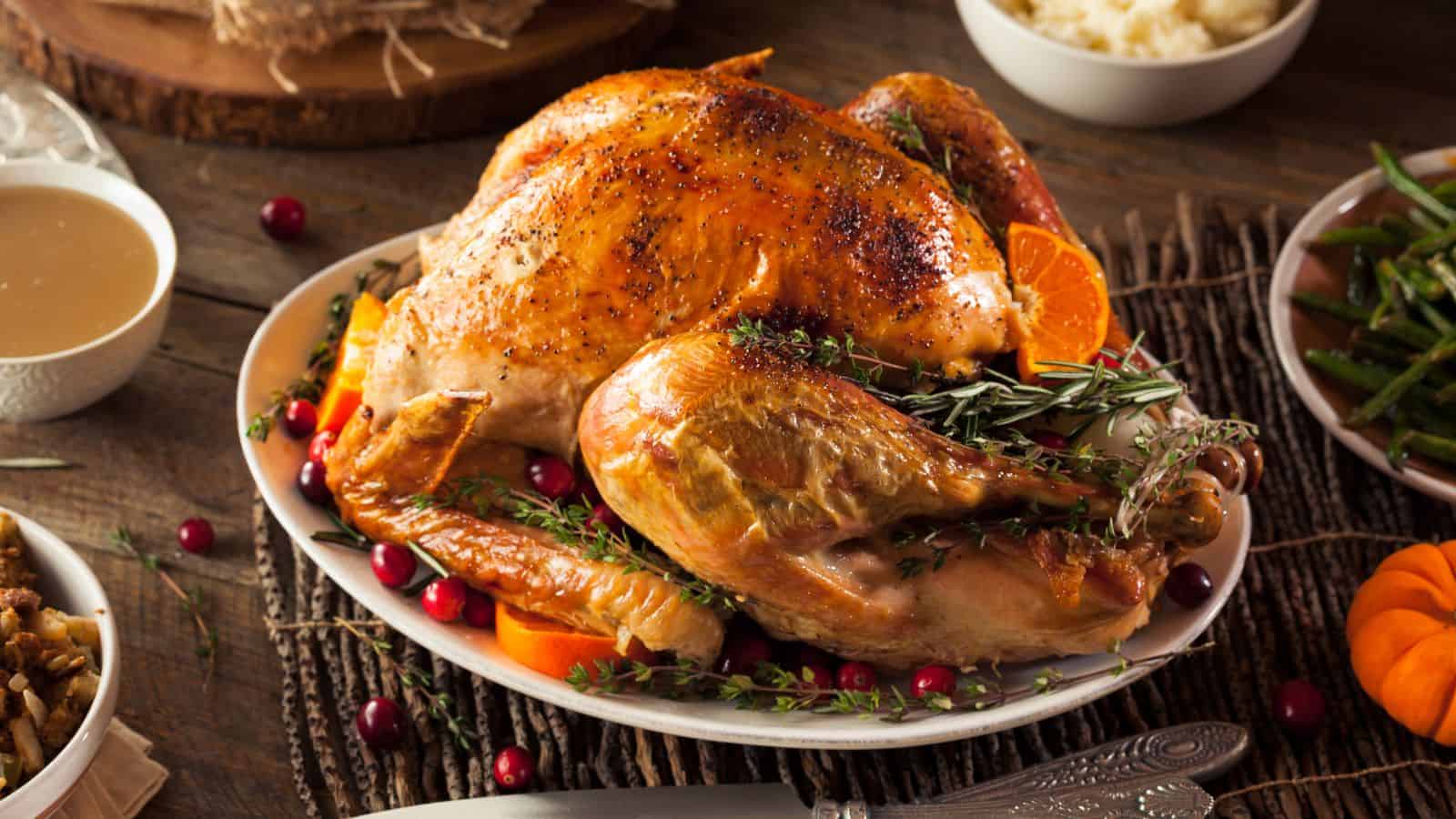
Turkey can be a wonderful source of protein and iron. It is highly versatile and can be incorporated into many kinds of meals. Dark turkey meat is higher in iron than white meat, making it a preferable option for those looking to increase their iron intake.
Broccoli

Broccoli is famed for being one of the healthiest vegetables you can eat. As well as being high in non-heme iron, it is rich in vitamin C, which aids the absorption of iron. Broccoli also contains a healthy dose of fiber, vitamin K, and folate, among several other key nutrients.
Red Meat

While excessive consumption of red meat can put you at risk of health issues, when consumed in moderation, it’s a good way to maintain high iron and protein levels. Choosing leaner cuts is a good way to gain as much protein and iron as possible without consuming excess fat.
Sardines

We’re going back to the ocean for our next suggestion. Sardines may be small, but they offer a mighty serving of heme iron and omega-3 fatty acids. They can be eaten straight out of a can or thrown into a wide range of different dishes.
Swiss Chard
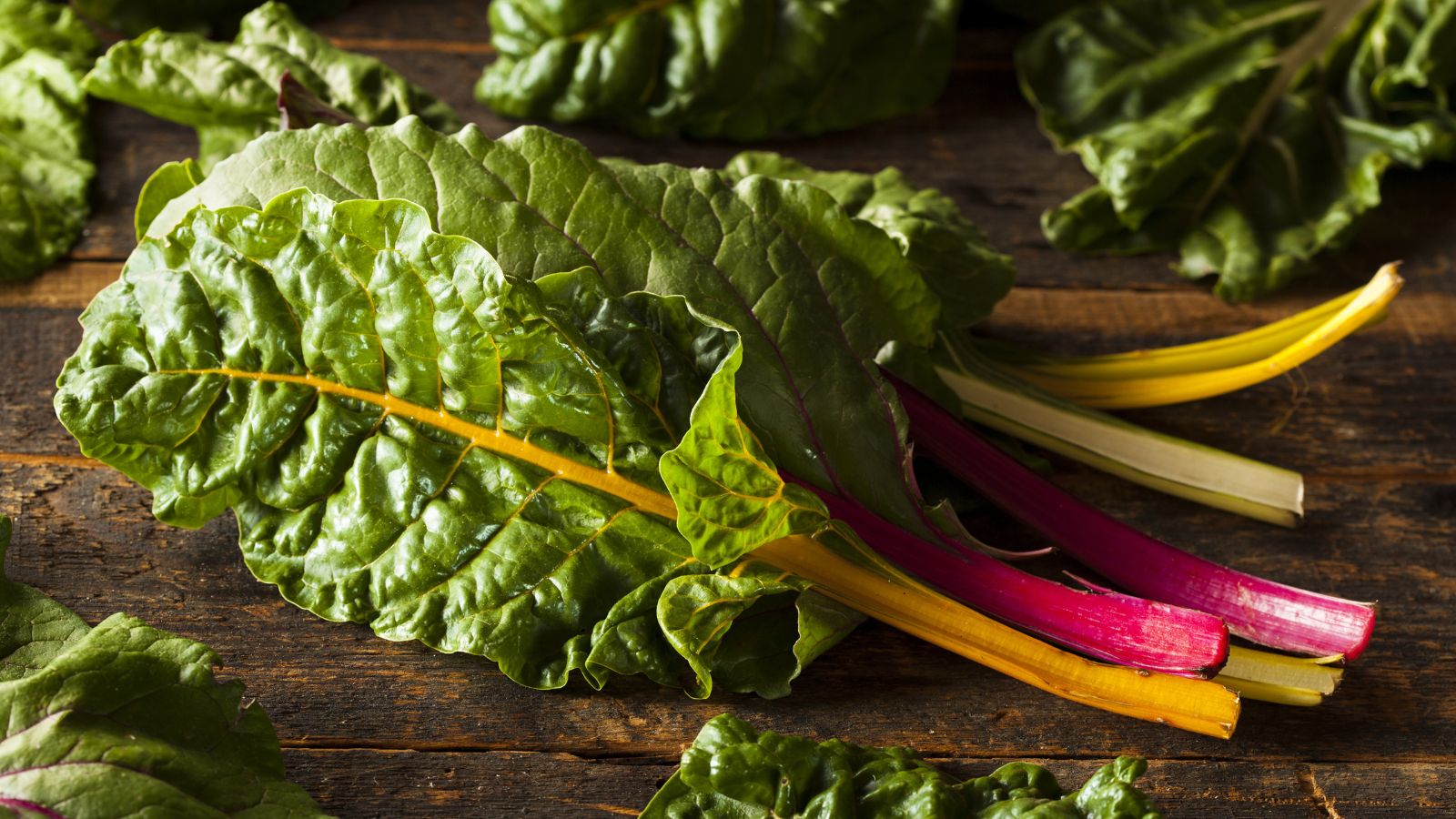
According to Healthline, Swiss chards are low in calories and high in numerous different vitamins and minerals, including iron, vitamin K, antioxidants, and vitamin A. While it is slightly bitter in taste, this flavor becomes less noticeable when cooked.
Fortified Breakfast Cereals
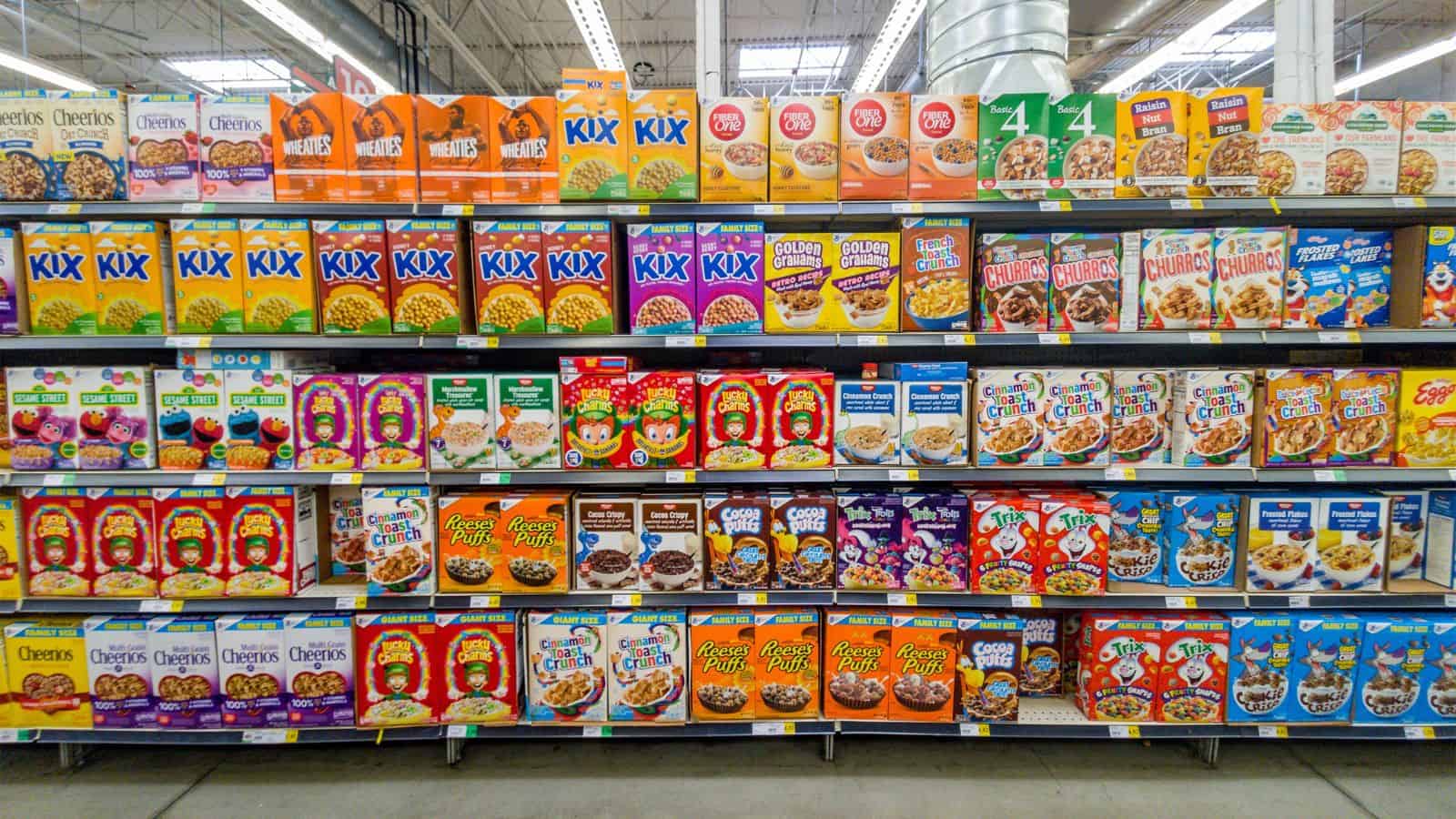
One of the most simple and convenient ways you can add more iron to your diet is by opting for breakfast cereals that have been fortified with extra iron. These cereals can be consumed daily to keep your iron levels high and healthy.
Kidney Beans

We’ve got some good news for the vegans and vegetarians among us. According to EatingWell, kidney beans actually contain more iron than beef. They are also surprisingly high in protein and other nutrients and can be easily incorporated into many different meals.
Molasses
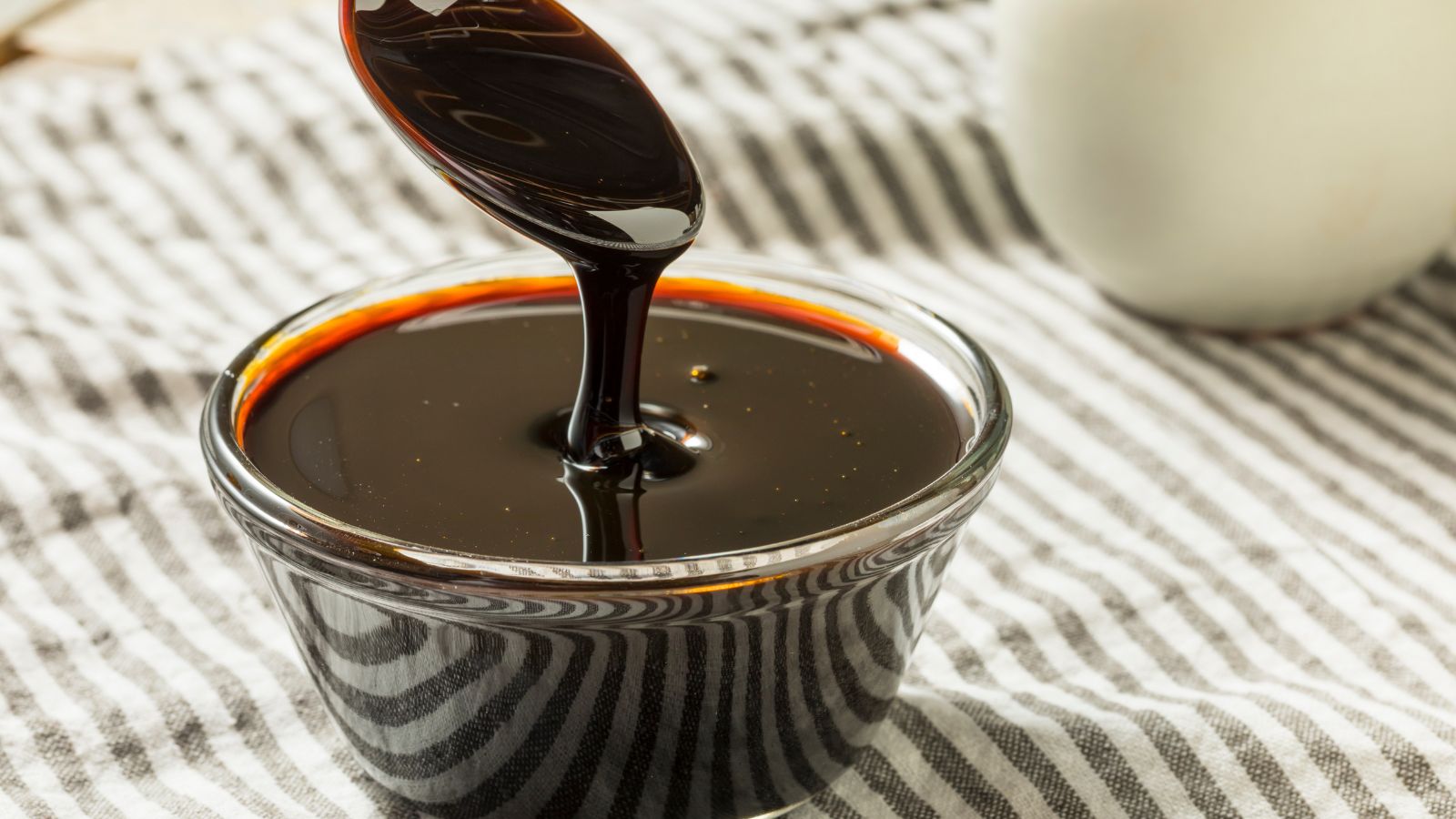
This may sound like a strange suggestion, but hear us out on this one. While it’s important to consume sugar in moderation, if you’re going to use a sweetener, molasses is a great choice for its high iron content. WebMD claims that just one tablespoon of molasses contains 20% of your daily recommended iron.
Oatmeal

Oatmeal makes a hearty breakfast option that ticks all the right health boxes. It is naturally high in iron, protein, and fiber, and it has been shown to improve digestive health. It’s also easy to throw on healthy toppings to get even more bang for your buck.

